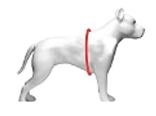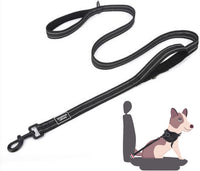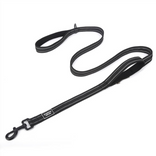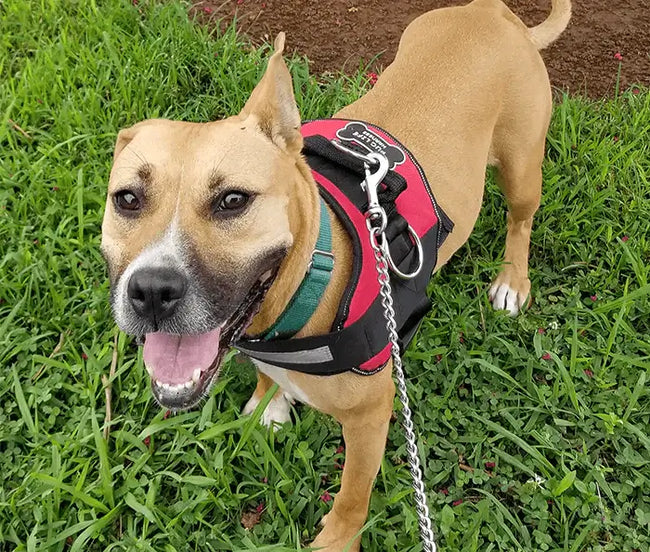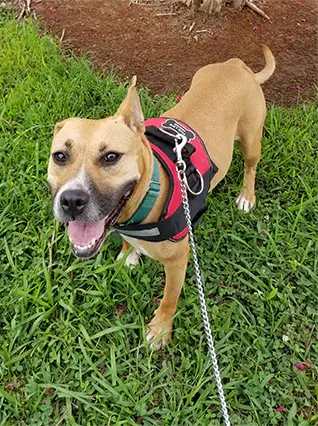What Is "Head Pressing" & Why You Should Seek a Vet Immediately

Is your dog pressing their head against the wall or other solid surface or object? Are you unsure of why your dog is pressing their head that way? You’re about to learn what head pressing is and how you should take action when you see your dog head pressing.
According to Pet MD, head pressing is observed with no indication of what’s causing it. In truth, your dog starts to head press because of health issues that are happening internally. Pet MD reports, “This generally indicates damage to the nervous system, which may result from a number of causes, including prosencephalon disease (in which the forebrain and thalamus parts of the brain are damaged), and some types of toxic poisoning.”
Prosencephalon, or the forebrain, is one of the three primary vesicles of the brain. When it is damaged, it can affect your dog’s ability to regulate their body temperature, maintain normal reproductive functions, and perform necessary functions like eating, drinking, and sleeping. It also impacts their ability to express their emotions properly.

If your dog suffers from prosencephalon disease, and their forebrain is damaged, those functions will yield odd behavior like head pressing; the main symptom to keep an eye out for.
If you can identify abnormalities in their behaviors surrounding emotion, eating, drinking, and sleeping, etc. and are fearful that head pressing will follow next, seek veterinarian assistance immediately. The sooner you catch these signs, the better for your veterinarian to provide a diagnosis and treatment options.
Other reasons that could be leading to head pressing specifically are metabolic disorders such as hypernatremia and hyponatremia and/or an infection in the nervous system. Hypernatremia and hyponatremia are terms indicating the amount of sodium in the body’s blood plasma.
According to Pet MD on the diagnosis of what’s causing your dog’s head pressing, “One primary diagnostic procedure in cases of head pressing includes a fundic examination of the retina and other structures in the back of the eye, which may indicate infectious or inflammatory diseases, as well as irregularities in the brain. Other likely tests are blood pressure measurements to test for high blood pressure, and computed tomography (CT) or magnetic resonance imaging (MRI) scans of the brain. Your veterinarian will also include a urine analysis (which may reveal a problem with the metabolic system), and tests for blood lead concentration (which can indicate toxins in the system).”
In order for veterinarians to provide a proper medical diagnosis, they will need the following:
- History of your dog’s health
- Symptoms observed
- Transparency of any incidents, accidents, and trauma your dog could have experienced (e.g. car accidents and other impact incidents)

If your dog’s head pressing is proven to be the result of the aforementioned causes, your dog will more than likely require regular neurological examinations to 1) monitor their progress and 2) insure quality of life.
What you’ve just read is a sampling of blog posts we offer at Joyride Harness. We cover current events, informational posts, interviews, and more! You can find more content including tips and tricks and how-tos for caring for your dog on our blog at this section. Feel free to leave a comment with tips you’re looking for!







